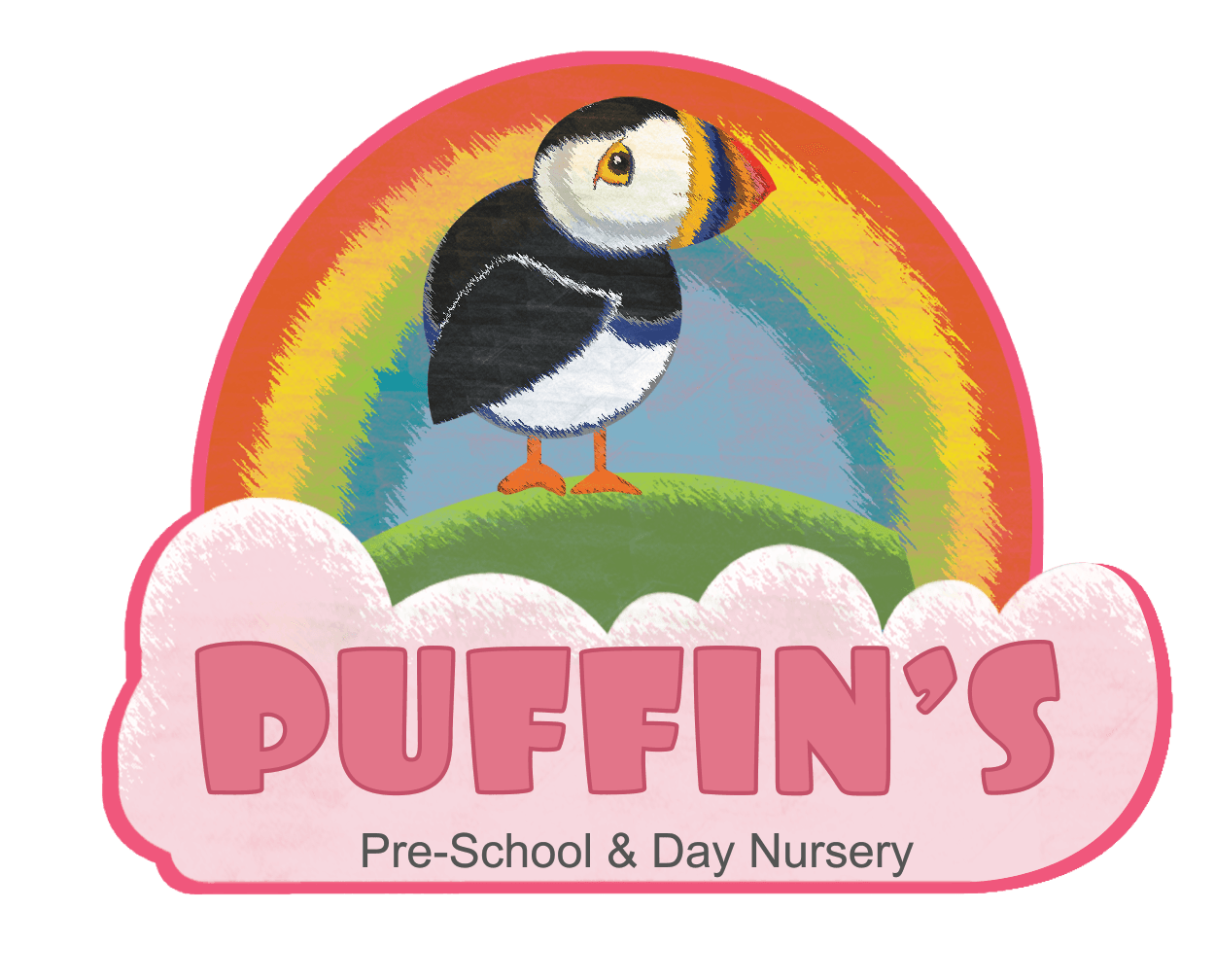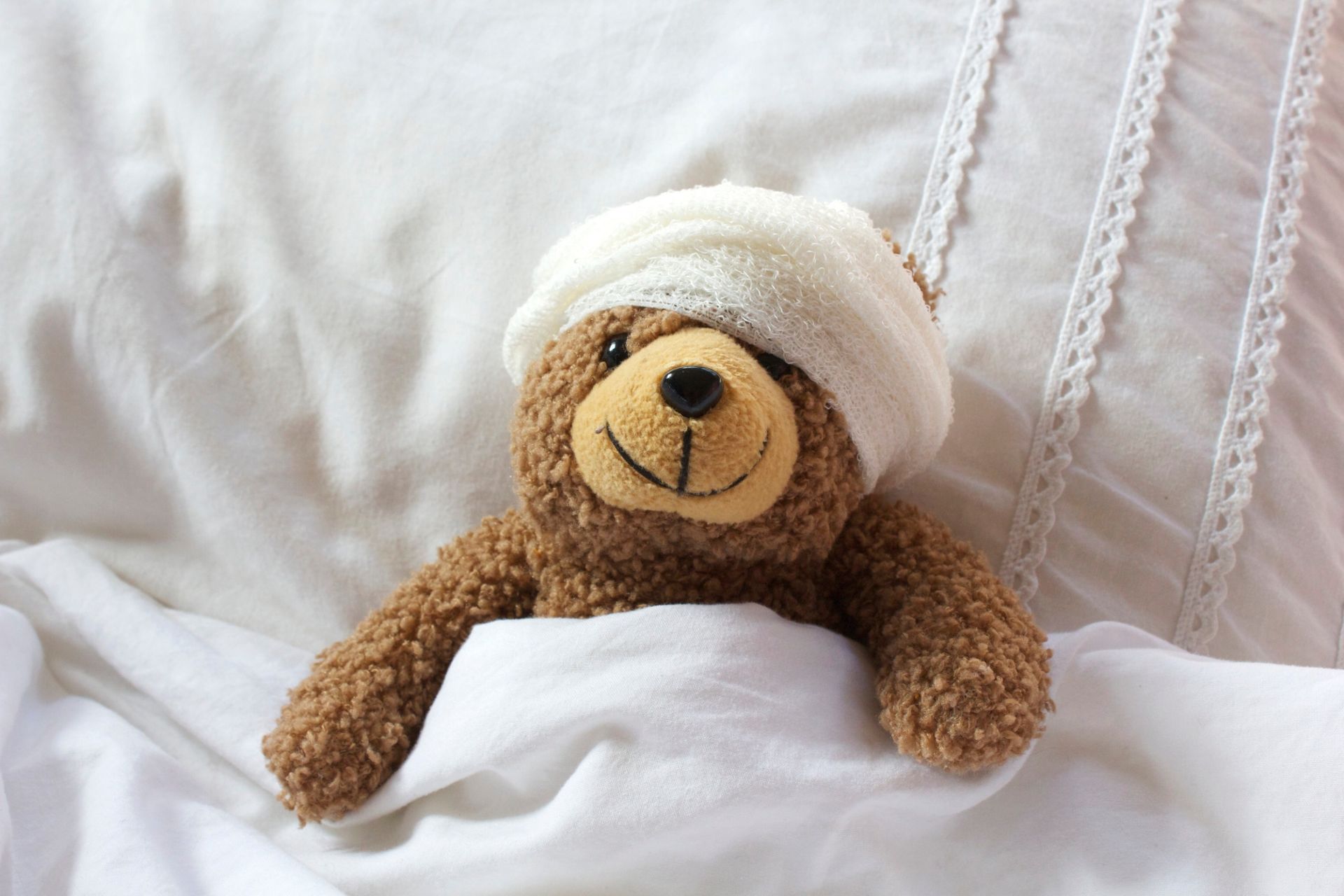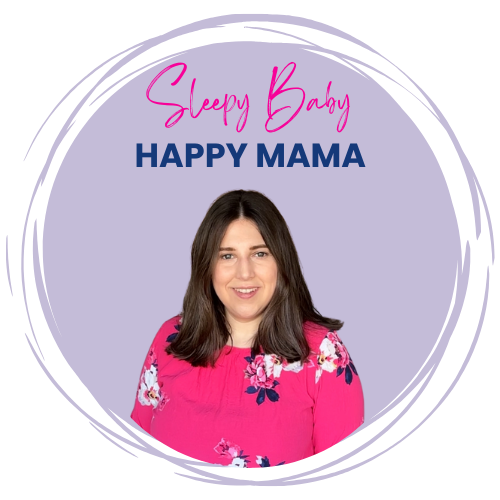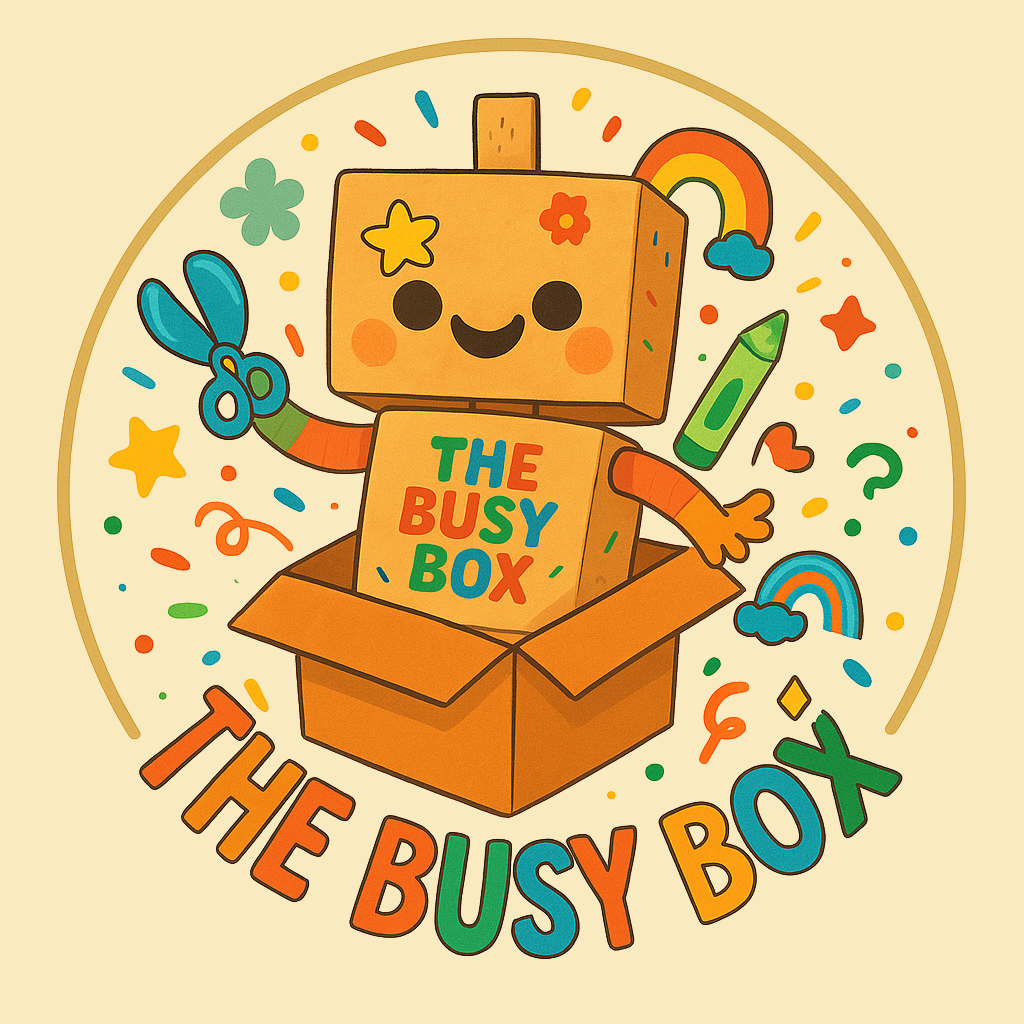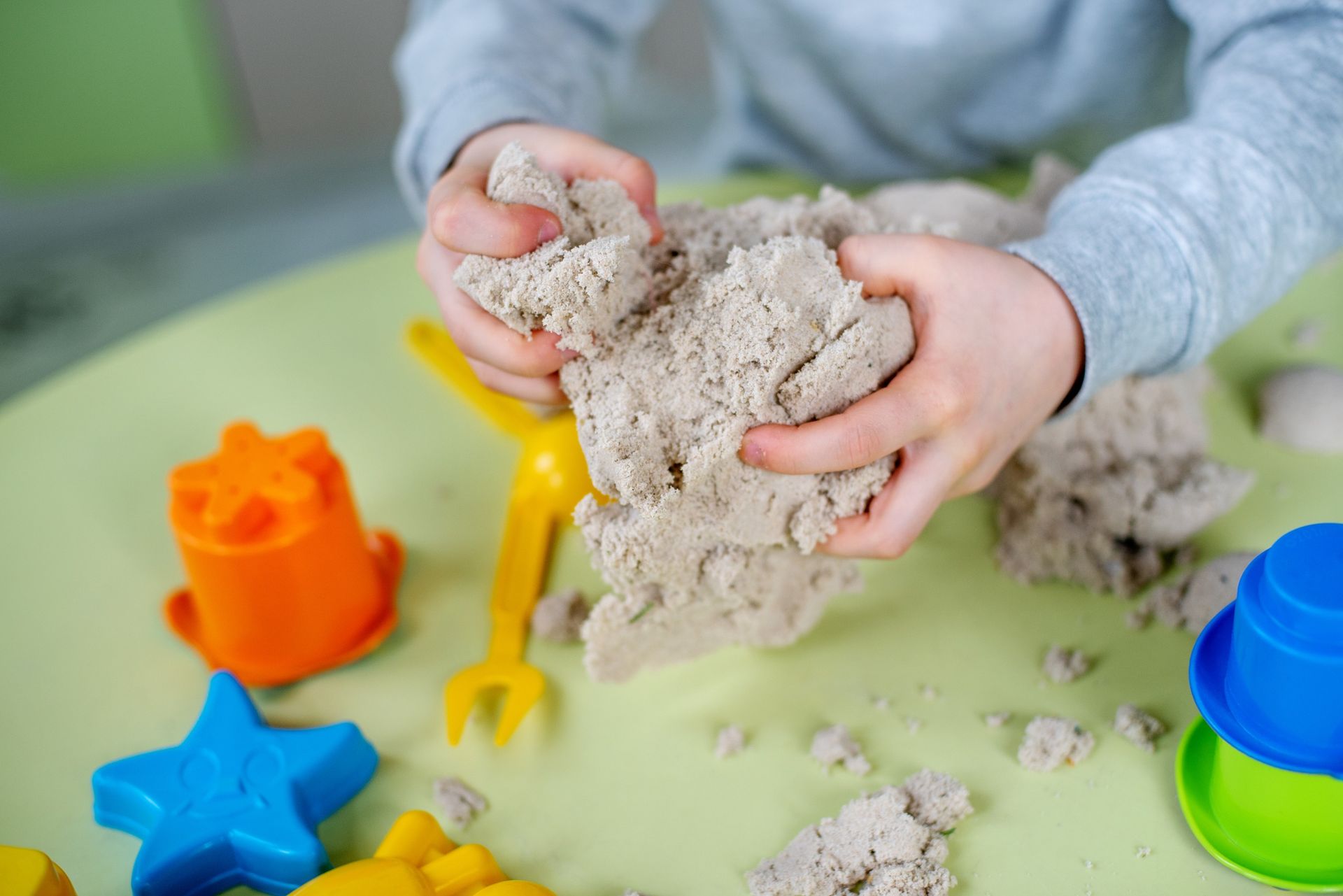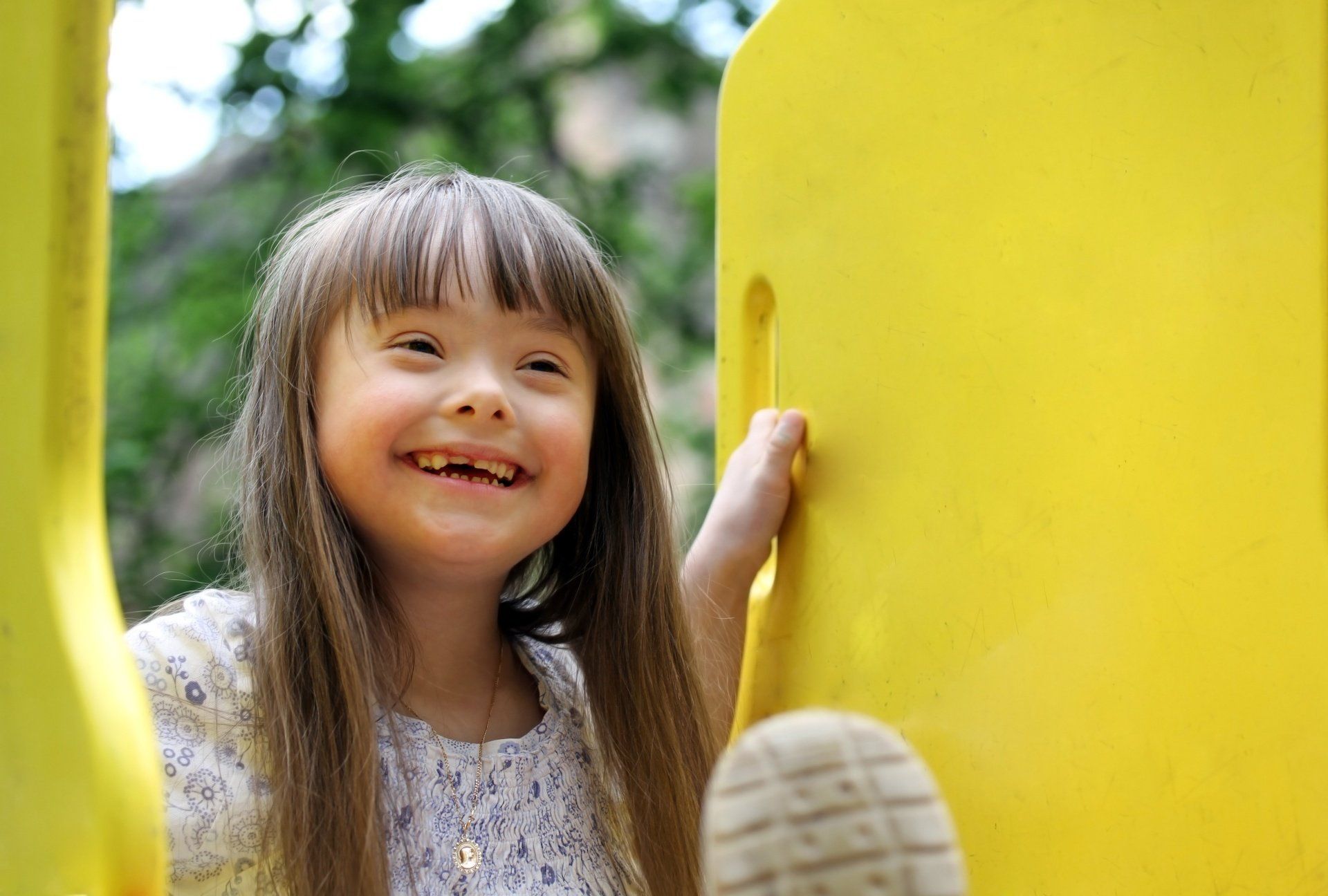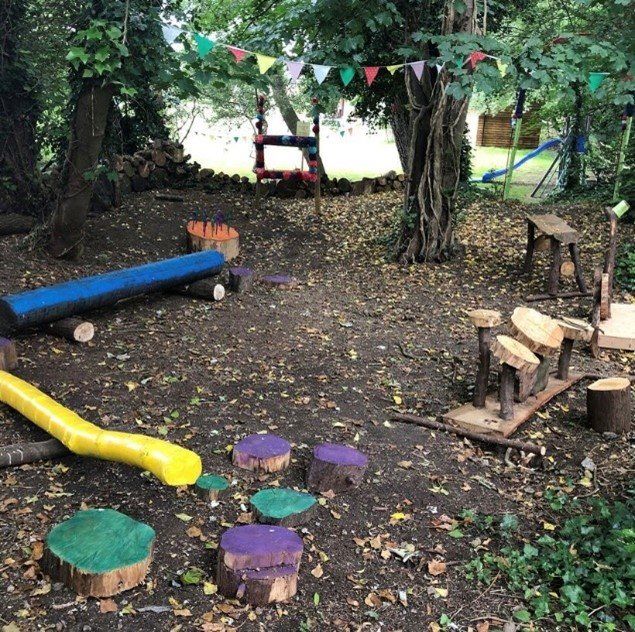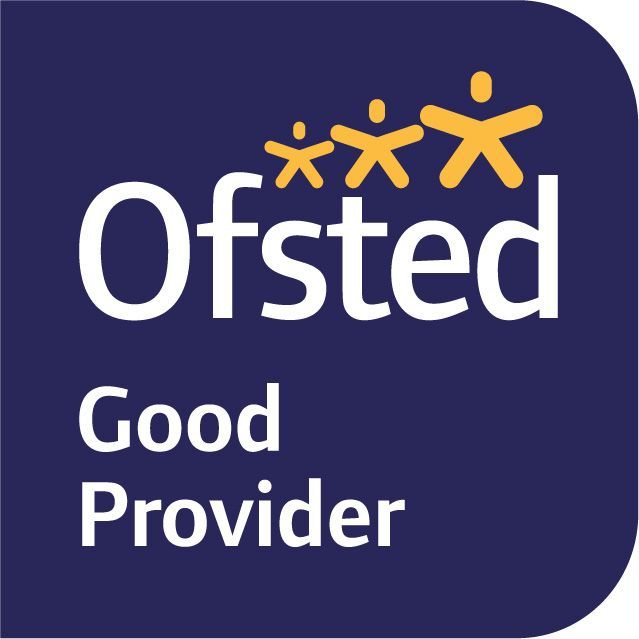Top tips for dealing with Chicken Pox
Puffins Preschool • July 20, 2023
Have the pox arrived? Not sure how to deal with them, or after a trusted and tried hack that you haven’t heard of? We hope the list of info below can help you over the next 7 days!
- Firstly, if you didn’t know, the number one piece of advice is not to give Ibuprofen as this can cause skin infections
- Calpol and Piriton are fine to give
- Fill a sock/tights/muslin cloth with oats, attach it to the tap in the bath and run the water through it. This is really soothing for your child and will dry out the spots
- Poxclin cool mousse is another great tool to dry out the spots, its also really cooling
- If your child gets spots in their mouth, you could try ice pops or little yoghurts as a way of getting something in them to eat and to keep hydrated
- Calomine lotion helps to ease the itch and is very soothing
- Popping socks on hands at night is a great way to avoid scratching when asleep
- Place a cool damp cloth or flannel on areas of irritation
- Buy an anti-itch cream for them to dab all over as they please, this makes things a little more fun and hopefully calms the itching in the process. Eurax is a good make as well as Anthisan
- Find a quiet forest and get outside! Obviously don’t go to places that are full of people so they don’t catch it but you are allowed out!
- Distraction is key, settle in for a few days of baking, films, crafting, den building, games etc.
Lots of websites have printable activities or suggestions for things to do at home. For example
www.bbc.co.uk/cbeebies is a brilliant site with lots of activity ideas as well as
www.rspb.org.uk/fun-and-learning/for-kids/games-and-activities/activities/
and
www.hobbycraft.co.uk/ideas/
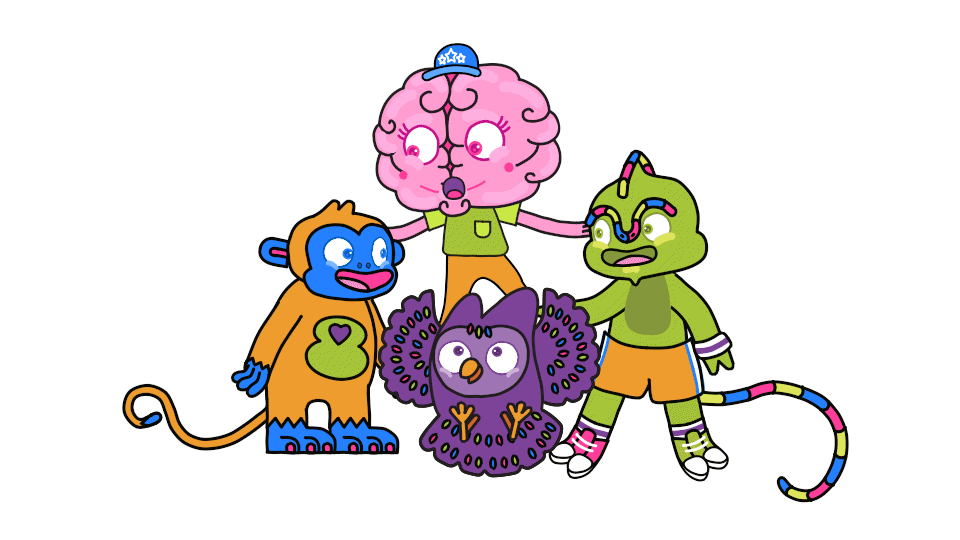
Have you ever wondered why your preschooler melts down when their toast is cut the “wrong” way, or why transitions can feel so big and overwhelming? It’s not just a phase, it’s brain development in action. At this age, your child’s brain is growing rapidly, but it’s still under construction. That’s where The Brain Friends come in- a simple, science-based way to help parents and children understand what’s going on inside those little heads (and hearts). The Brain Friends are four characters that represent key parts of your child’s developing brain. Together, they help make sense of big feelings, tricky behaviour and moments when everything just feels a bit much. Let’s meet them... Lenny Lizard lives in the brainstem, the part of the brain responsible for keeping the body alive and ready to act. He controls basic functions like breathing, heart rate, and movement. When your child jumps, runs, pushes, hides, or hits without thinking, that’s Lenny in charge. Lenny’s job is to mobilise the body quickly in response to discomfort or stress. He doesn’t plan or think things through — he reacts. He’s essential for survival, but sometimes he takes over when a child is just hungry, overstimulated or tired. Mylo Monkey lives in the emotional part of the brain, where the amygdala and hippocampus are. He’s the one who sounds the alarm when something feels big, scary or upsetting. Mylo doesn’t use logic — he uses feelings. That’s why your child might panic, cry or cling when something unexpected happens. Mylo is communicating through emotion. Orla Owl lives in the thinking part of the brain, the prefrontal cortex (which is still developing into their 20s!) She’s in charge of reflection, problem-solving and reasoning. But Orla can only come online when Lenny and Mylo are calm. That’s why young children can’t “just calm down” or talk about their feelings in the moment; their brains haven’t made that leap yet. Brilliant Brain helps connect everything together. He’s in charge of learning and growing through practice. When your child uses the Brain Friends regularly, they’re not just behaving better, they’re building new neural pathways that support emotional development, resilience and independence over time.
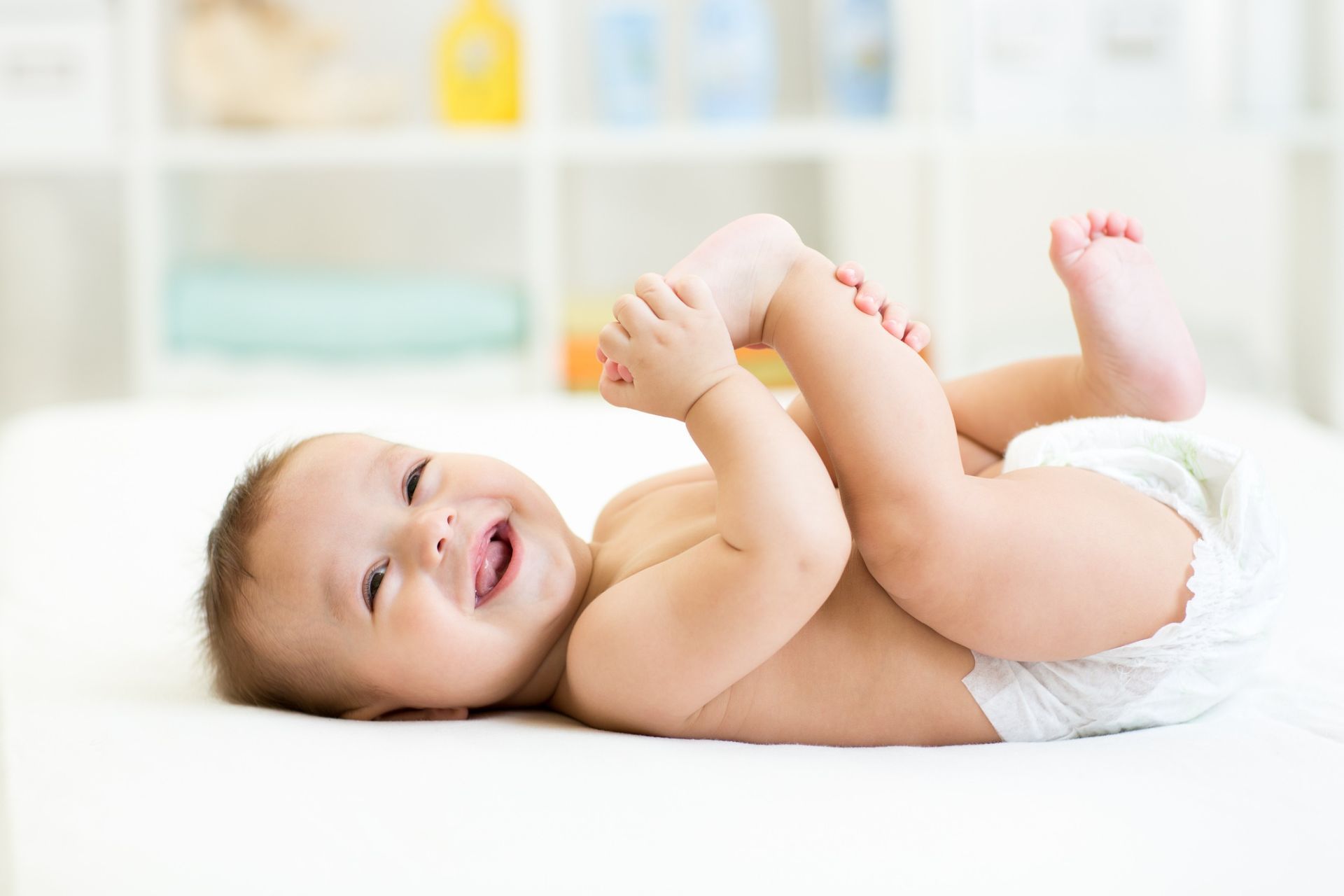
It’s a common question, along with asking if they should wear shoes. Find out all the answers below from a blog post we found from the Start Rite website. Babies are delicate and require our utmost care and attention – this goes for their feet too. One of the many things for new parents to think about is whether or not their baby needs socks. While socks may seem like a small detail, they can actually play a role in your baby's comfort and development. Babies are not able to regulate their body temperature as effectively as adults, and their extremities, such as their hands and feet, can become cold quickly. Socks provide an extra layer of insulation, keeping the baby's feet warm and comfortable. This is especially important during the colder months or in air-conditioned environments. In addition to keeping your baby's feet warm during colder days, socks can also offer a degree of protection. When babies start to crawl, they are at risk of injuring their feet, particularly when outside or on very hard and uneven surfaces. But, it is important to note that socks should not be used as a replacement for proper footwear. When your baby is starting to crawl, allowing them to do so barefoot is best. However, if you have cold floors, or the childcare provider you use insists on foot coverings, we’d always recommend a correctly fitting pair of pre-walkers worn with socks.
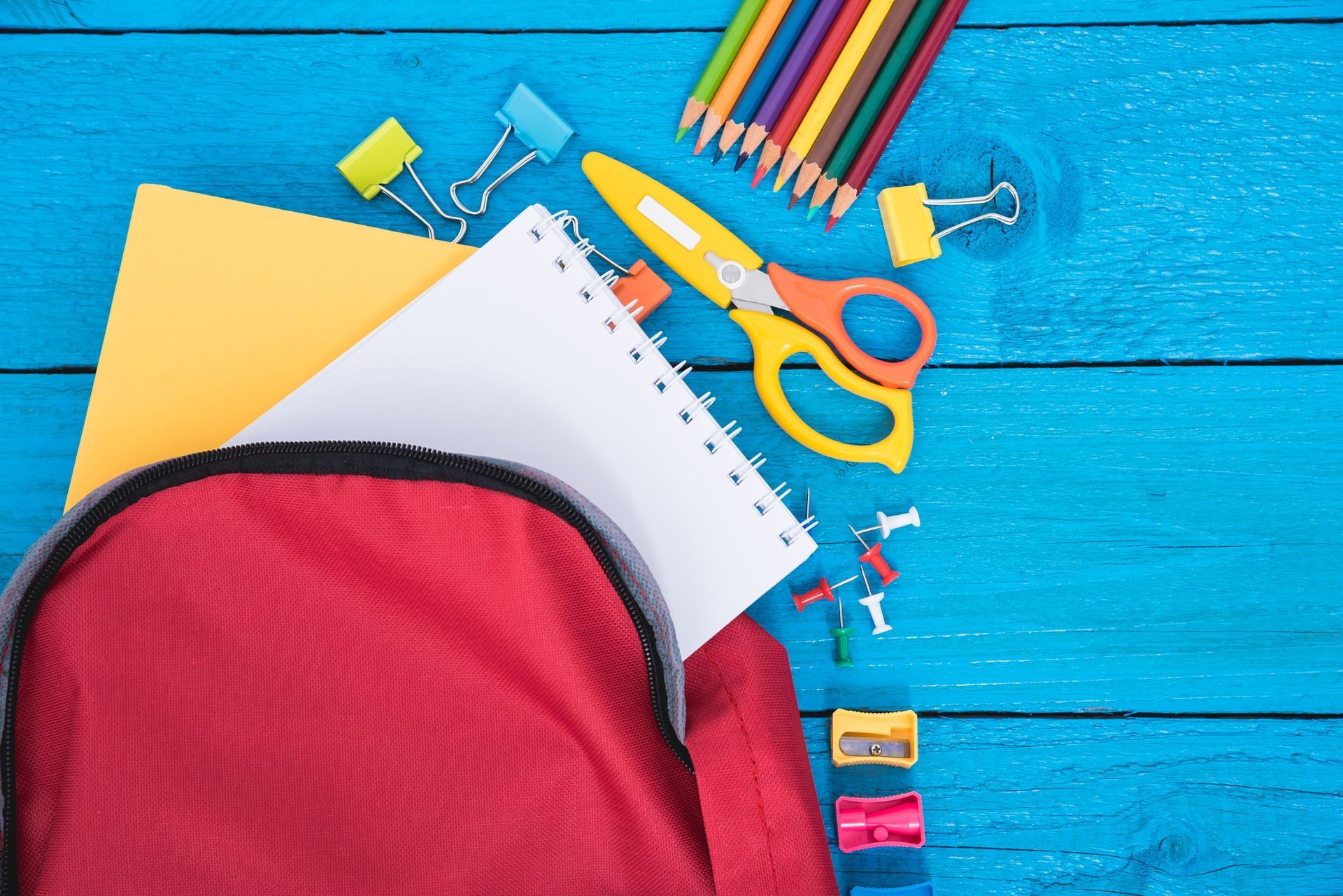
Going back to school at the end of the summer holidays can mean a great big to-do list. Preparing to head back to school involves many things, from buying new school shoes to easing into an earlier bedtime before the first day back. One thing that is often overlooked, though, is the emotional side of going back to school. Please take a look below at ways to overcome anxiety which we found on the Start Rite website.
